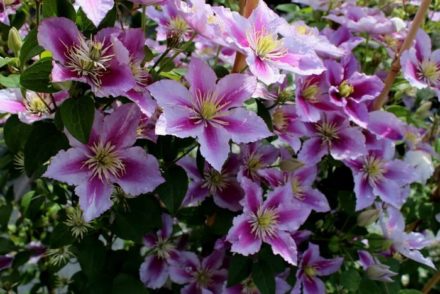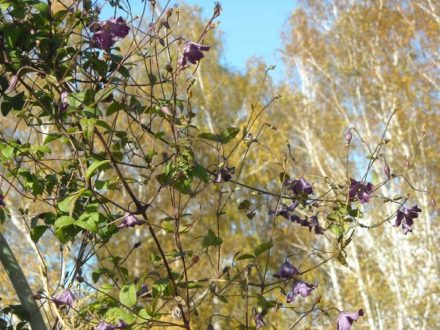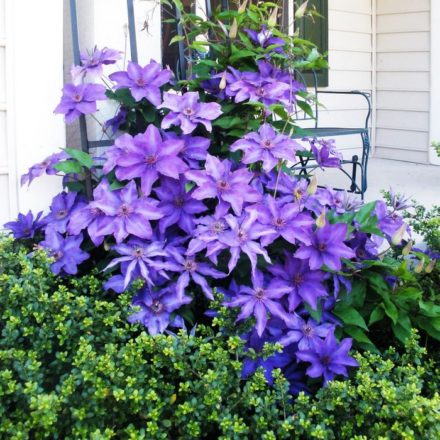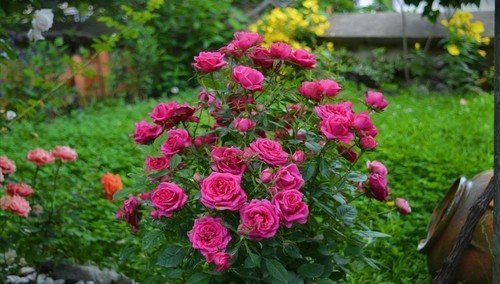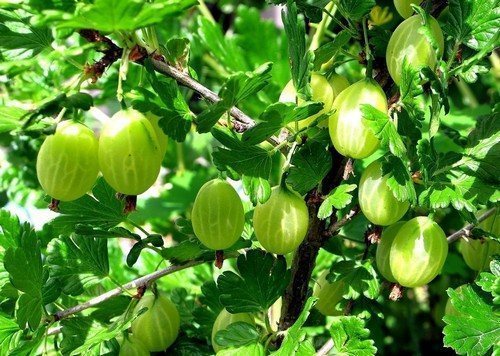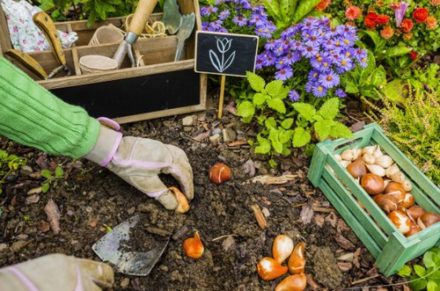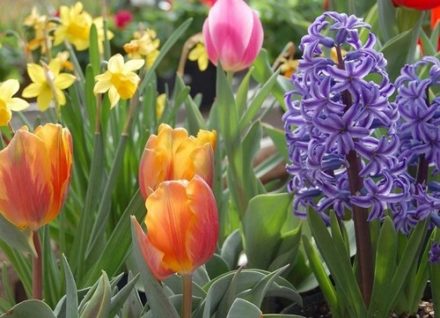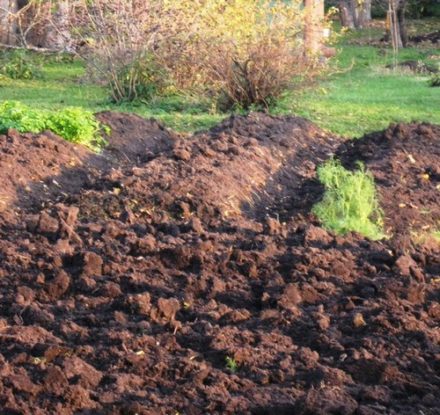Appropriate preparation will help clematis successfully survive the winter. In this case, the growing region and the group to which the plant belongs are taken into account. Preparatory activities are carried out starting from the first days of autumn. Clematis will need to be fed, trimmed, hilled and covered, and the soil saturated with moisture.
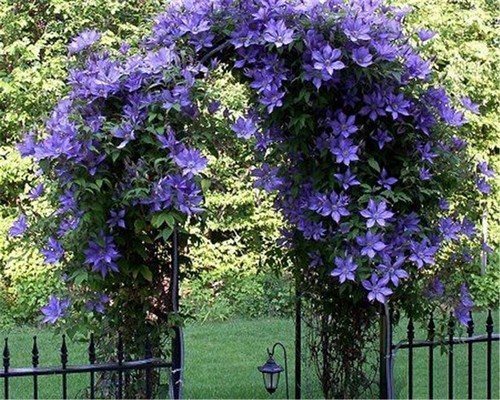
Autumn feeding
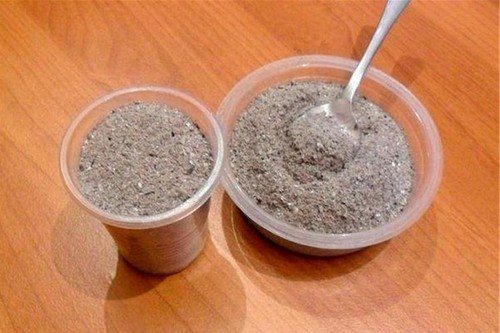
The last seasonal feeding of clematis is given no later than mid-September. In northern latitudes, fertilizer is applied at the end of August. The purpose of autumn feeding is to increase the winter hardiness of the plant. This is facilitated by elements such as phosphorus and potassium. Nitrogen fertilizers should be completely abandoned during this period, so as not to provoke the growth of shoots.
5 useful tips for planting catharanthus in open ground
Moisture-charging watering
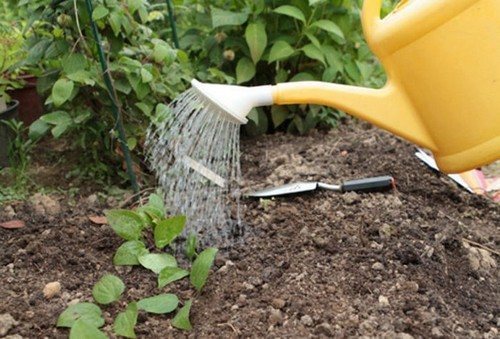
In the fall, the soil under clematis needs to be thoroughly saturated with moisture. In moist soil, the roots are better protected from freezing. The watering regime depends on the current weather. Clematis is not watered in rainy autumn. In dry and warm weather, watering should be regular.5 steps to prepare clematis for winter
Wash
Ironing
- Stains
- Cleaning
- Things
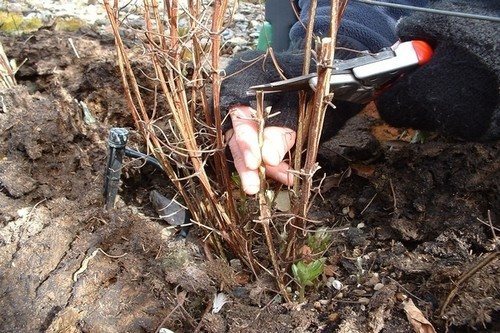
Pests
Storage
Dishes
Interior
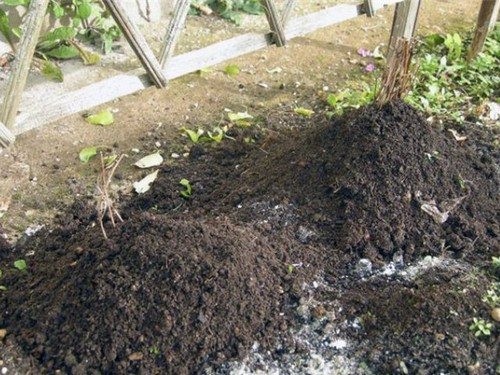
Garden
Adviсe
5 steps to prepare clematis for winter
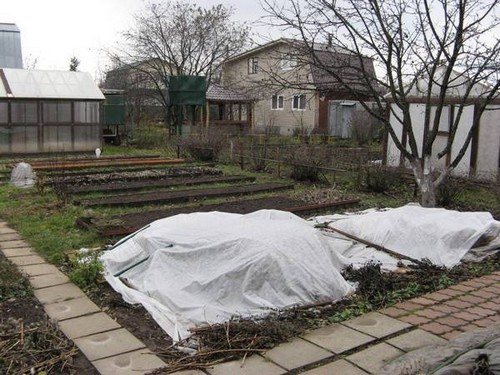
Autumn feeding
The last seasonal feeding for clematis is given no later than mid-September. In northern latitudes, fertilizer is applied at the end of August. The purpose of autumn feeding is to increase the winter hardiness of the plant. This is facilitated by elements such as phosphorus and potassium. Nitrogen fertilizers should be completely abandoned during this period so as not to provoke shoot growth.


